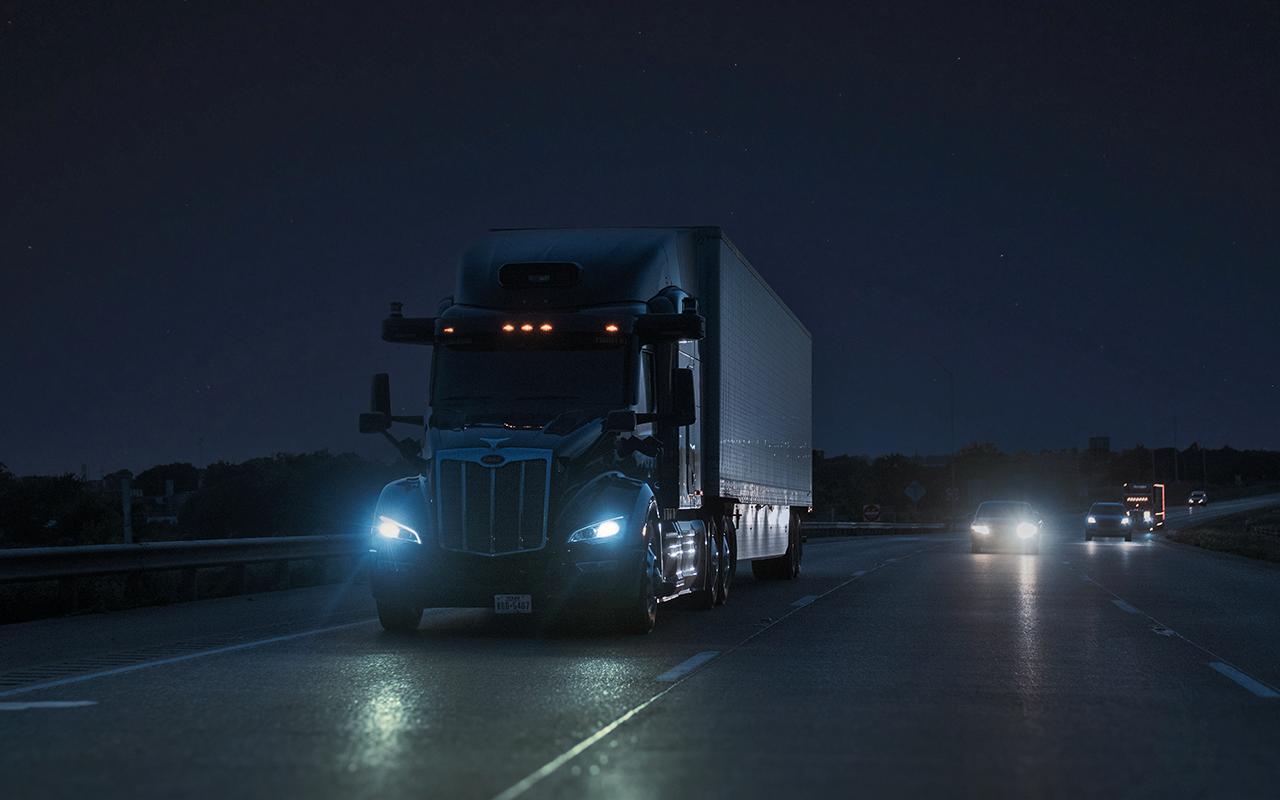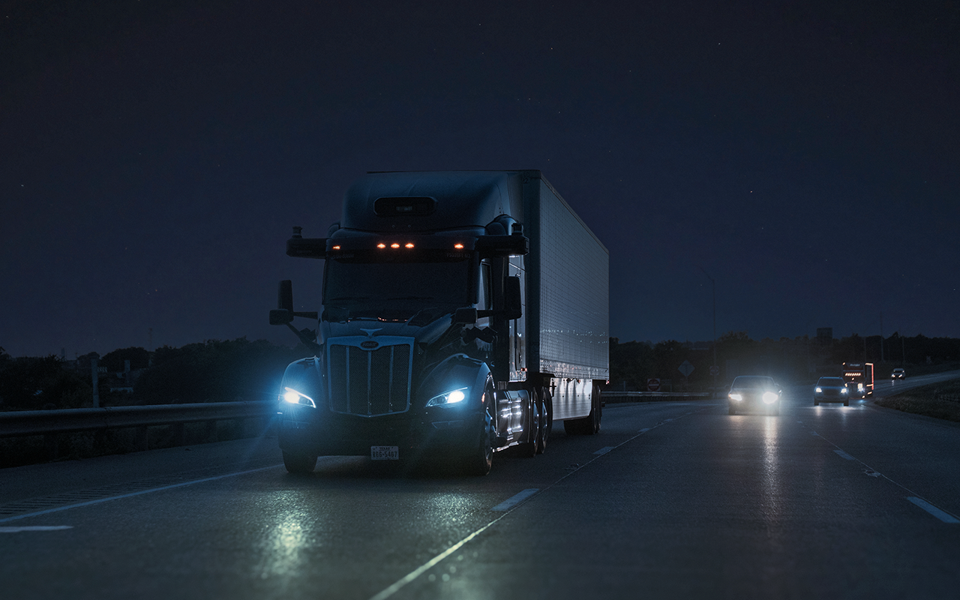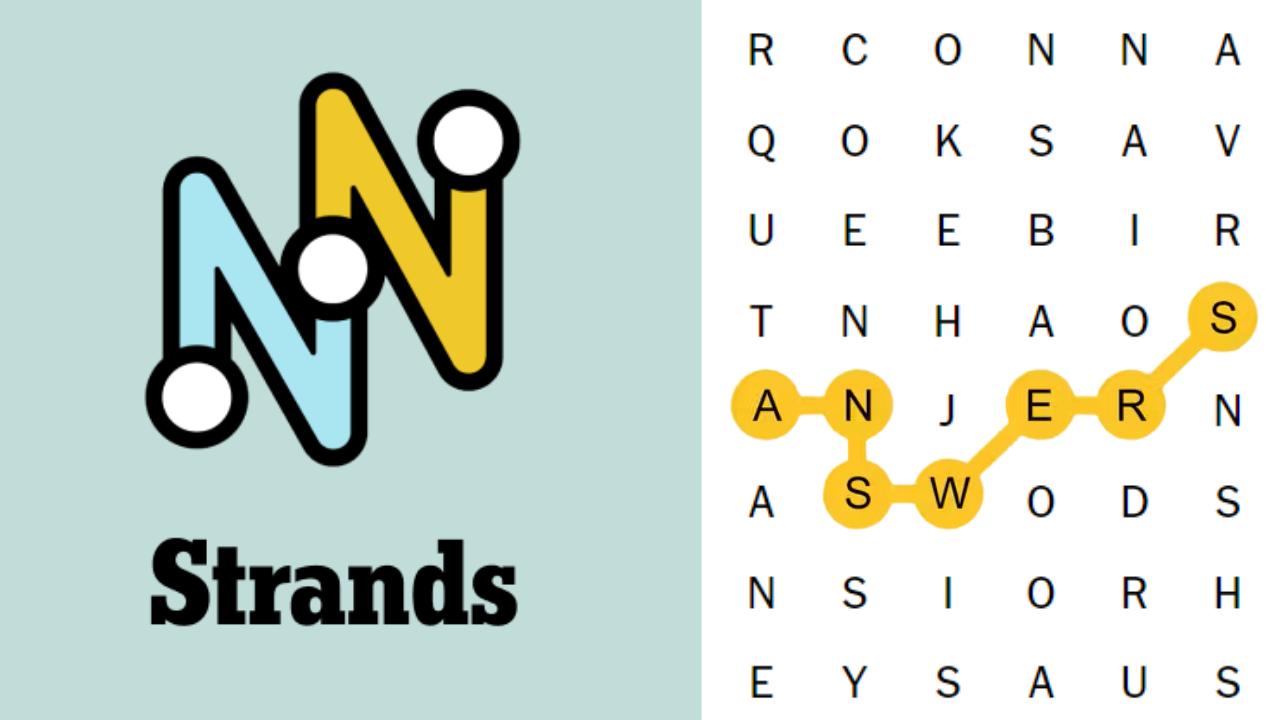Aurora’s autonomous trucks are now running day and night.
Aurora
Aurora Innovation Inc., the early leader in self-driving trucks for highway operations, today announced a significant expansion of its commercial operations. Accelerating its development momentum, Aurora surpassed 20,000 driverless miles at the end of June, recently grew its driverless fleet to three trucks, validated driverless nighttime capabilities, and opened its Phoenix terminal.
“Efficiency, uptime, and reliability are important for our customers, and Aurora is showing we can deliver,” said Chris Urmson, co-founder and CEO of Aurora. “Just three months after launch, we’re running driverless operations day and night and we’ve expanded our terminal network to Phoenix. Our rapid progress is beginning to unlock the full value of self-driving trucks for our customers, which has the potential to transform the trillion-dollar trucking industry.”
The Aurora Driver is a self-driving system designed to operate multiple vehicle types, from freight-hauling trucks to ride-hailing passenger vehicles. It underpins Aurora’s driver-as-a-service products for trucking and ride-hailing. Aurora is working with key entities across the transportation ecosystem, including Continental, FedEx, Hirschbach, NVIDIA, PACCAR, Ryder, Schneider, Toyota, Uber, Uber Freight, Volvo Trucks, Volvo Autonomous Solutions, and Werner.
Delivering Increased Value With Day And Night Operations
Aurora has expanded driverless operations on the Dallas-to-Houston lane to now include nighttime driving. This capability unlocks the potential for continuous utilization, significantly shortening delivery times on long-haul routes, and creating what Aurora calls “a path to profitability for autonomous trucking.”
Aurora emphasizes that unlocking nighttime autonomous operations can also improve the safety of our roads. With challenges like low visibility and driver fatigue, a disproportionate 37% of fatal crashes involving large trucks occur at night, despite trucks traveling fewer miles during those hours. The Aurora Driver, an SAE L4 autonomous driving system designed to enable class 8 trucks to operate without a driver, addresses these issues by reliably seeing and understanding the world around it day and night. Human aspects of fatigue are simply not in the equation.
Aurora’s proprietary, long-range FirstLight lidar can detect objects in the dark more than 450 meters away, identifying pedestrians, vehicles, and debris up to 11-seconds sooner than a traditional driver. What a stunning advantage! This lead time allows the Aurora Driver to perceive and react safely to obstacles, making around-the-clock autonomous trucking possible.
Aurora Opens Phoenix Terminal
Aurora’s new terminal in Phoenix, which opened in June, represents an infrastructure-light approach – with a design that closely resembles how Aurora plans to integrate with future customer endpoints to optimize speed to market. Aurora said this is an important evolution to enable Aurora’s plan to deliver freight directly to customer endpoints.
Aurora’s strategic expansion along this more than 15-hour Fort Worth to Phoenix route covers nearly half of the distance between Atlanta and Los Angeles, just over 1000 miles. This is one of the busiest commercial thoroughfares for trucks in the U.S.
Self-driving trucks have the potential to cut transit time in half, particularly on routes that exceed the 11-hour hours-of-service regulatory limitation for traditional truck drivers. Today, Aurora is piloting autonomous trucking on the Phoenix freight lane for two customers, Hirschbach and Werner.
Aurora affirms that it is in a new phase of commercial maturity, showing that its technology can operate driverlessly and has the potential to generate significant customer value. To further demonstrate its momentum and commercial progress, Aurora today launched Aurora Driver Live, a publicly available livestream of its daily self-driving truck operations.
2Q25 Results To Be Provided Today
Later today, Aurora’s second quarter 2025 results will be available on their investor relations website. This will be accompanied by a webcast on Aurora’s investor relations website. An accompanying presentation will be posted to the website. A replay will be accessible for 30 days following the call.
What About Aurora’s Passenger Car Strategy?
From my perspective, until now Aurora has said little about their robotaxi plans this year. The topic was discussed regularly on quarterly results presentations last year. Then CTO Sterling Anderson described an initial robotaxi approach that leveraged highway operations, thus taking advantage of their highway-focused self-driving trucks.
Today’s press release mentions robotaxis as still being on Aurora’s roadmap. I reached out to Aurora seeking to find out more. Their spokesperson said, “While our top priority is scaling our trucking operations, our product strategy is unchanged and includes the deployment of Aurora Driver-powered cars. Uber and Toyota are strategic partners and investors in Aurora and our collaboration with them is ongoing.”
Earlier this month, Uber announced a “next-generation premium global robotaxi program created exclusively for the Uber ride-hailing platform.” Vehicles will come from Lucid while Nuro, Inc. will provide autonomous software.
With Uber as a strategic partner and investor with Aurora, it remains to be seen where Aurora’s self-driving tech fits in with Uber’s quickly expanding gameboard.
Trucking Game: We’re Only In The First Quarter
Aurora is the current undisputed leader in the autonomous trucking space, having launched driverless operations in April of this year on a Texas highway. Truck autonomy providers Bot Auto and Waabi have stated their intent to launch commercial driverless freight operations later this year. Waabi, along with PlusAI and Torc, are focused on OEM integration as the path to market. Aurora is taking a hybrid approach, running their own trucks while prepping for Aurora-inside driverless vehicles coming off the factory assembly line from PACCAR and Volvo Group later this decade.
Apart from highway operations, Kodiak Robotics continues its off-road operations for Atlas Sands in Texas. Meanwhile, Gatik is expanding its fleet of local delivery vehicles, with a driverless launch planned for later this year.
Currently, Aurora holds the lead position. How the standings will evolve across these energetic players remains to be seen.
Disclosure: Richard Bishop is an Advisor to and/or an equity holder in the following companies mentioned in this article: Aurora, Gatik, PlusAI.









